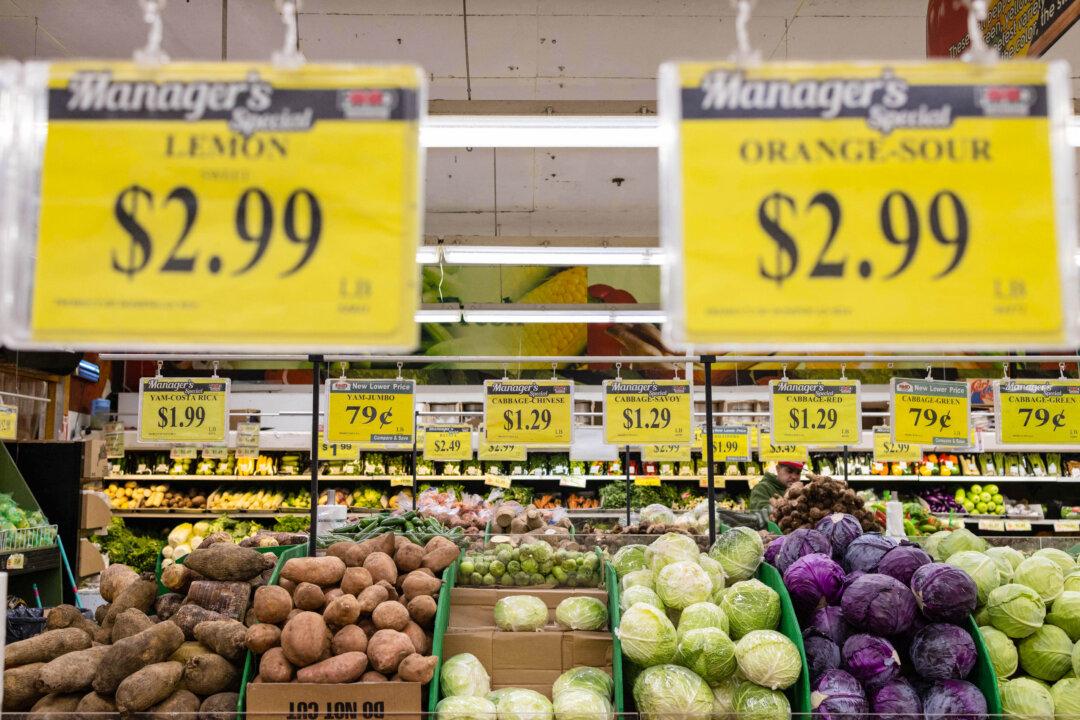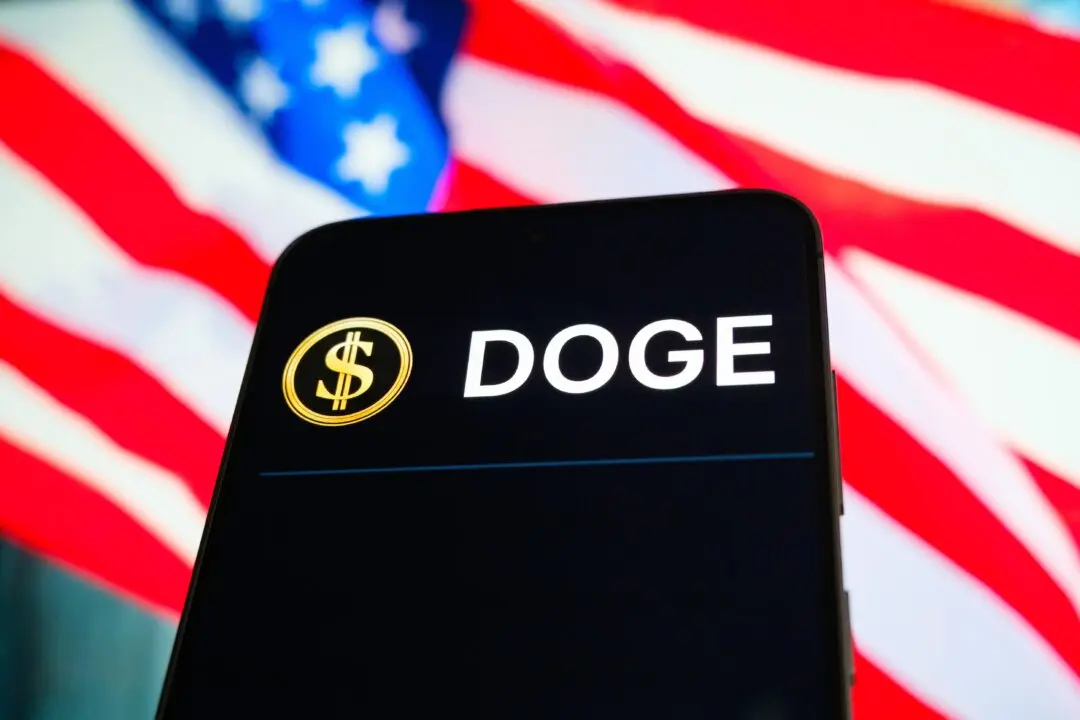Former Treasury secretary Lawrence Summers sees a “real risk” of stagflation in the U.S. economy and believes the Federal Reserve committed a mistake by not recognizing inflation earlier on.
In an April 20 podcast with journalist Kara Swisher, Summers was asked about economist Mohamed El-Erian’s warning that the crisis triggered by the collapse of Silicon Valley Bank (SVB) could result in cautious lending from banks and eventually stagflation—referring to an economic cycle characterized by slow growth, high unemployment, and inflation.





